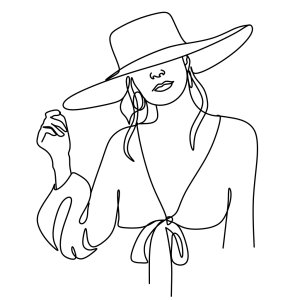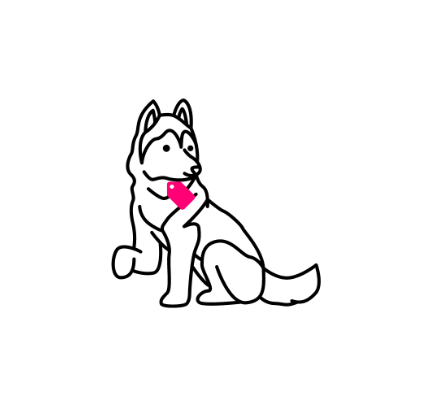
Background
Giorgio Armani sent our client a strong cease and desist letter demanding our client withdraws his application and agrees to never use an eagle logo. We decided in the end to fight them since we believed that their case was completely unfounded and had no merit.
Armani’s grounds of opposition
Filing its opposition against Martin Orena’s [“Orena”] trade marks shown below, Giorgio Armani [“Armani”] sought to argue that the marks were similar to its own eagle-themed logos and covered identical and/or similar goods and services across a number of classes so as to cause a likelihood of confusion between the marks on the part of the average consumer.
In addition to the above, Armani further submitted that its marks had an enhanced degree of distinctive character as a result of their extensive use in the UK, arguing that Orena’s use of the eagle logos would take unfair advantage of their reputation and/or cause detriment to their distinctive nature or reputation.
Opposition hearing
Opposition ground one – Likelihood of confusion
During the hearing, Armani’s representatives conceded that none of the goods/services covered by the earlier marks were similar to Orena’s financial services or to a number of the electronic goods covered by the contested marks. The hearing officer also dismissed Armani’s unfounded submissions that goods such as cryptocurrency computer software are similar to advertising or quality control services.
The opposition therefore failed at the first hurdle in relation to these goods/services specifically. However, the hearing officer did accept that a degree of similarity existed between some of the broader terms covered and therefore proceeded to assess the similarity of the marks.
Armani sought to rely on the conceptual similarity of the marks depicting eagles, along with minor visual similarities such as the abstract nature of the eagles and the use of horizontal lines, to establish the similarity of marks.
Agreeing with TMW’s skeleton arguments, the hearing officer accepted there was a degree of conceptual similarity, but that the significant visual differences between the marks outweighed any conceptual similarities. The hearing officer therefore found the marks to be similar only to a low degree.
As a result of the lack of any material visual similarities between the marks themselves, the hearing officer found there to be no likelihood of confusion and Armani’s first claim was dismissed.
Opposition ground two – Unfair advantage and/or detriment to distinctive character or reputation
With regard to Armani’s second claim, the hearing officer found Armani’s evidence insufficient to establish that the enhanced distinctiveness of its marks extended beyond clothing, footwear or headgear. For the second claim to succeed, it was therefore for Armani to establish that a degree of closeness existed between such goods and the cryptocurrency/blockchain related goods and financial services covered by Orena’s marks.
Armani attempted to demonstrate this implausible proximity by pointing out that fashion retailers often offer credit cards and loyalty schemes, and that a number of luxury fashion brands have begun selling digital versions of their products as NFTs in the metaverse.
The hearing officer found the notion of a general complementary relationship between financial and retail services to be farfetched given that Armani had provided only one example of a famous department store offering credit cards, and only three examples of high profile retailers offering customer loyalty schemes. The hearing officer also concluded that the mere fact that NFTs run on blockchain technology, and that some virtual fashion items can be purchased using cryptocurrency, was not enough to establish a close connection, clearly finding this link to be tenuous, at best.
As such, due to the distinct lack of any degree of closeness between the aforementioned goods/services, and the low degree of similarity between the marks, the hearing officer dismissed Armani’s second claim that use of the contested marks would take unfair advantage, and/or be detrimental to, the reputation or distinctive character of Armani’s marks.
Costs
As Martin Orena was the successful party, he was entitled to recover a proportion of his legal costs. He was awarded a sum of £2,800.



